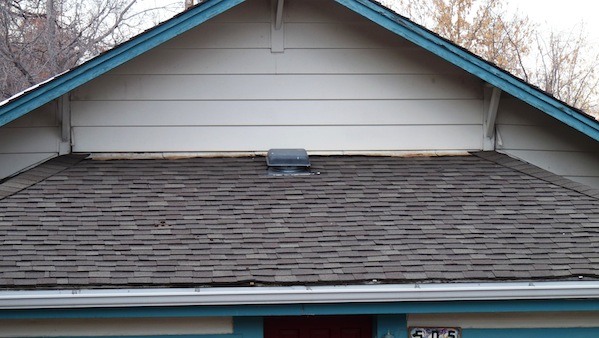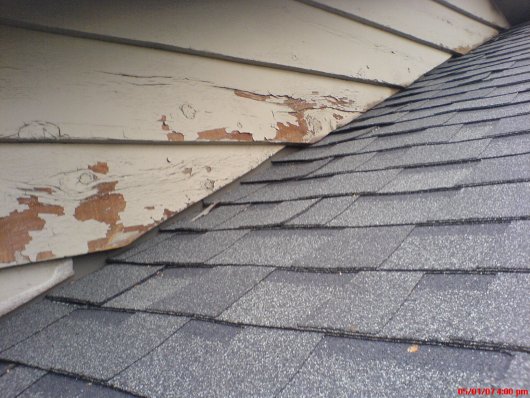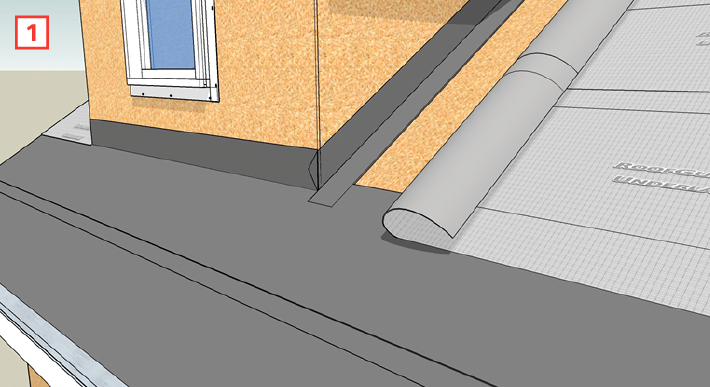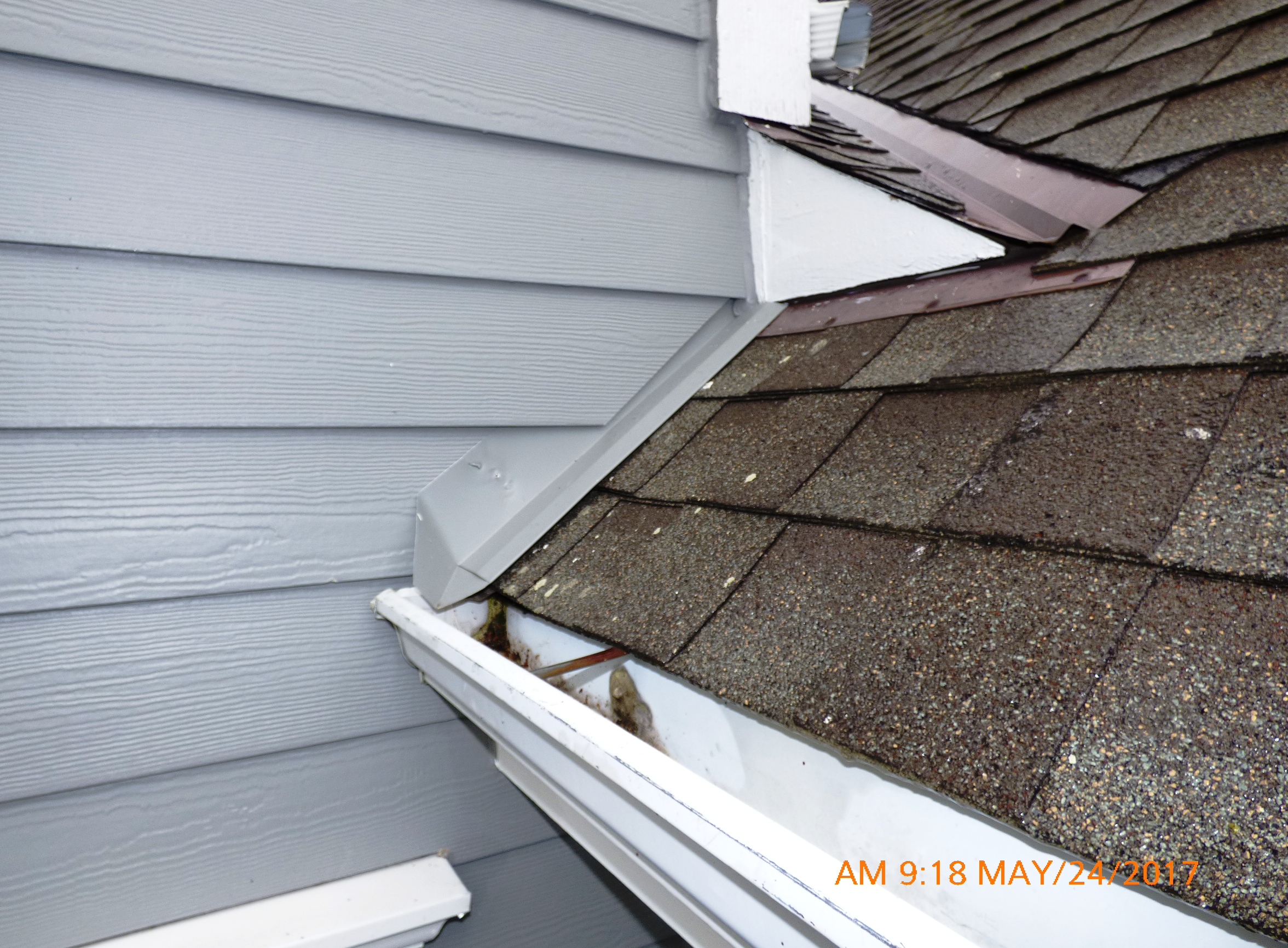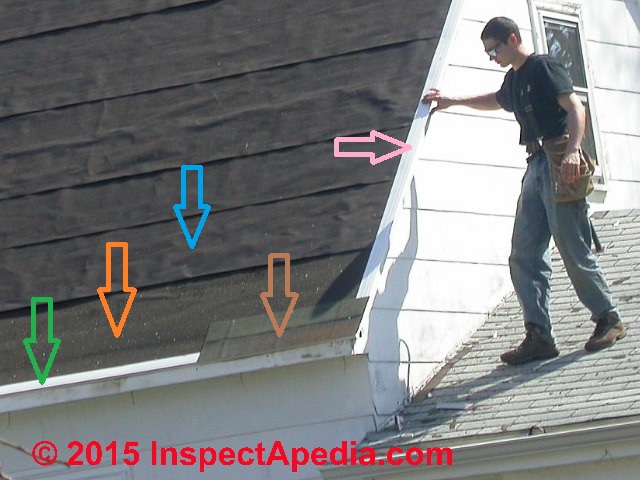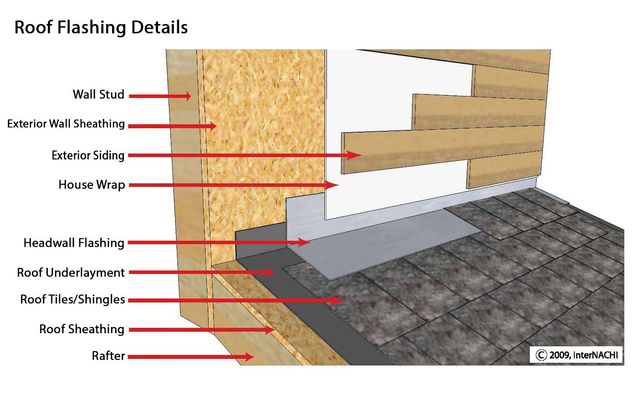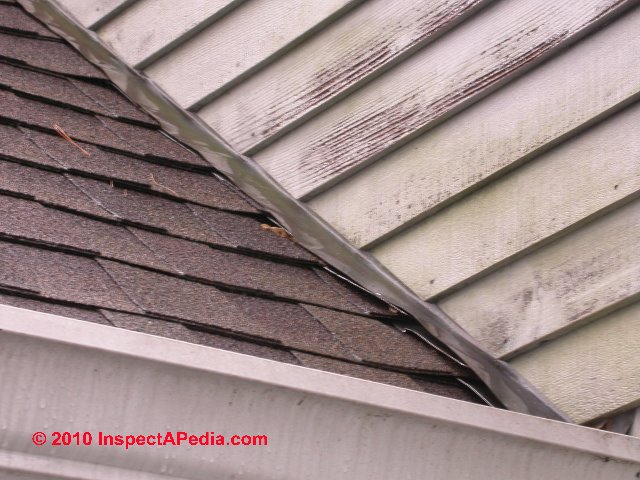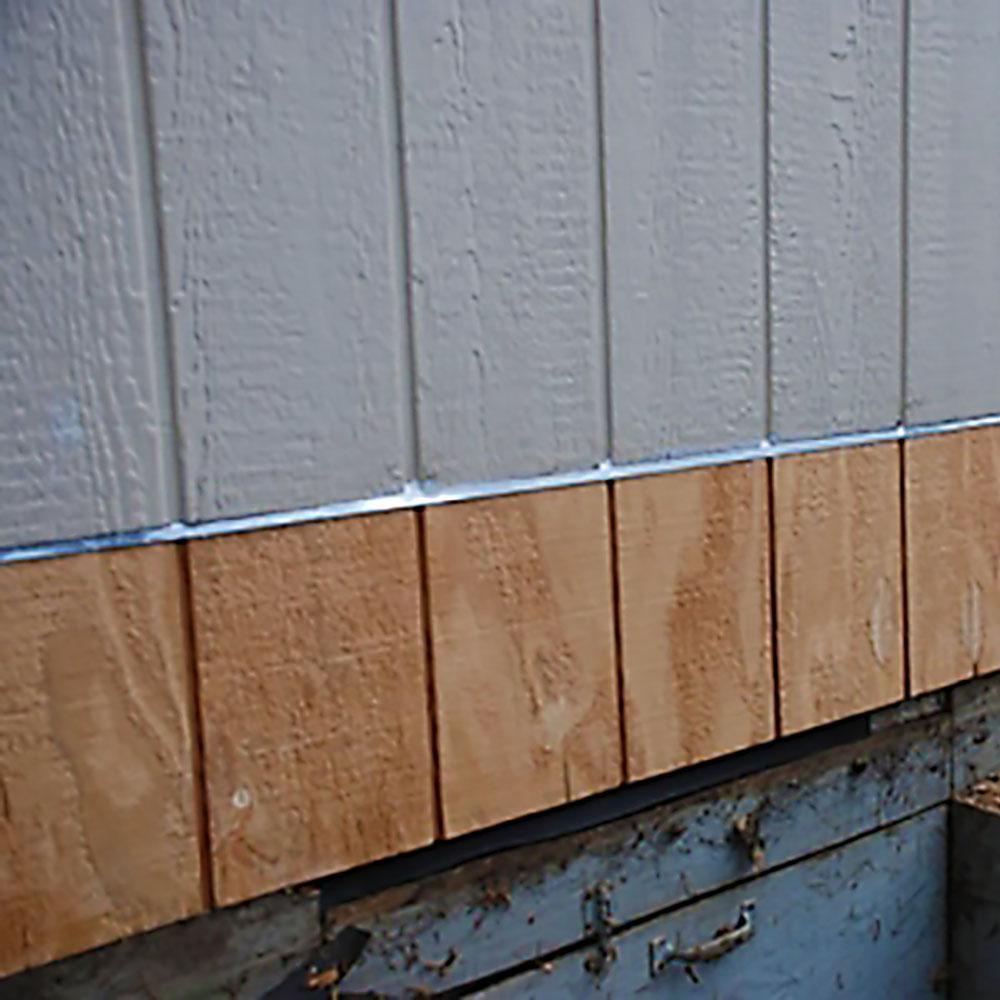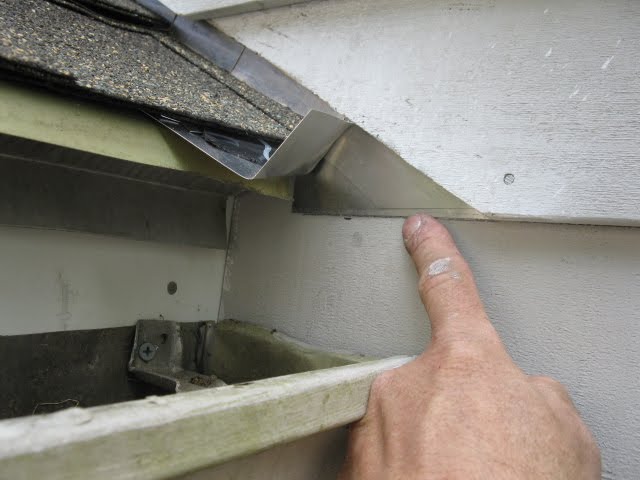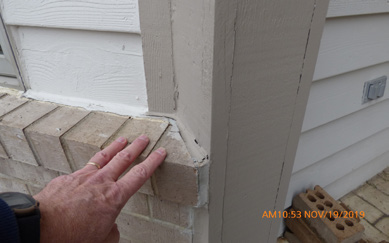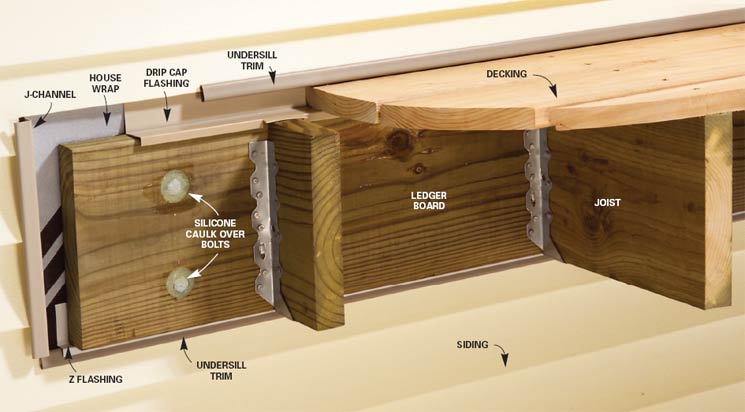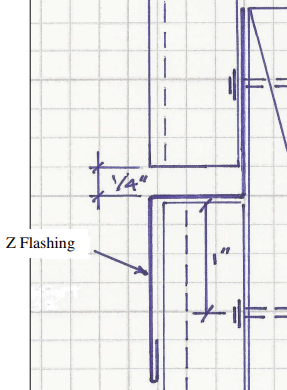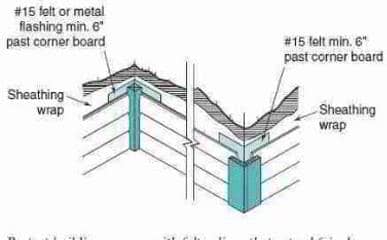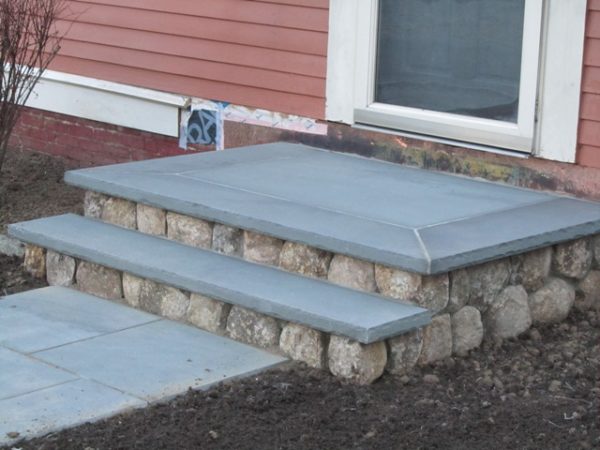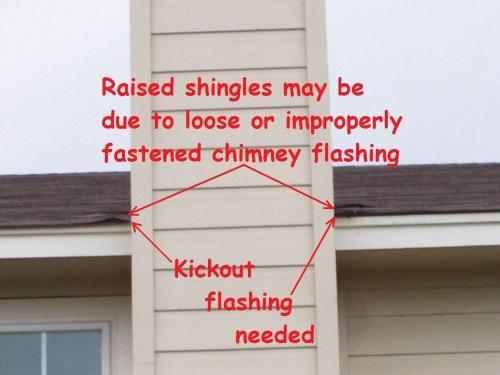How High Should Flashing Go Under Siding

Make sure that you leave a quarter of an inch gap between cement board or wood siding and step flashing.
How high should flashing go under siding. It is a good idea to use a harness so that less hazard appears. To prevent splash back from the roofline soaking the base of the wall the bottom edge of the base flashing should be at least 8 inches above grade. Cut a slit in the sheathing wrap along the entire length of the water table and slip the upper leg of the flashing under the wrap see illustration. This is a design detail that must be worked out before the foundation is poured.
The water table should overlap the foundation by about 1 in. The roofing felt should be installed before you start tin. 8 inch minimum between siding and grade. The recommended length of step flashing is typically a minimum of 2 inches longer than the exposure of the roofing material.
It should go under the bottom two rows of siding then fold it out over the roof for at least 8 to 10 inches. Nail the metal siding onto flashing by following siding manufacturer directions for material installation. Extra things to remember when installing step flashing. Drip edge metal valley flashing dormer chimney and kick out flashing shed water away from the connections between roofs walls chimneys and other building assemblies this collection of 18 articles animations and videos identifies the critical roof flashing areas illustrates durable roof flashing details and shows how to flash roofs.
Make sure that you remain cautious when you are on the roof. Manufacturers requirements can vary anywhere from 2 inches to 10 inches and you probably won t be able to see the sidewall flashing completely anyway. And be capped on top with either a preformed metal drip cap or a custom flashing installed under the sheathing wrap. And like other flashing metal coil comes in most popular siding and soffit colors for easy matching and a professionally finished look.
In other words you will have to rip off the bottom rows of siding to install the. On a wall to be covered with wood cement board vinyl or metal. The vertical flange of the flashing is to extend up behind the adjoining siding. The vertical side will be hidden behind the exterior wall covering material.
For more on extruded aluminum flashing options go to http. This results in a 2 inch minimum head lap. Alternatively use j channel nails for vinyl.
